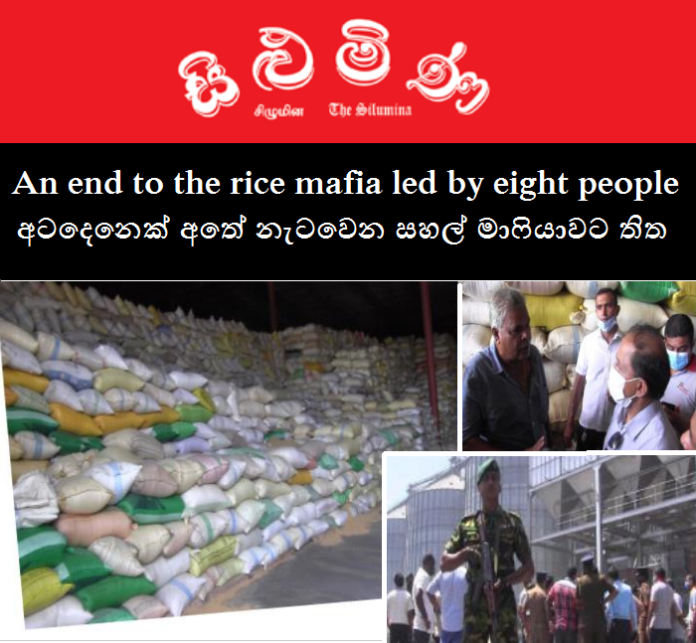A discussion was held between rice mill owners vs President Ranil yesterday (16). The mill owners indicated that one Kilo of paddy to be priced for Rs 140.
Daily Rice consumption in Sri Lanka is 50 lakh kg. Annual consumption of rice is tons 18 lakh . it is worthy to note 1.6 kg of paddy is required to produce one kg of rice. Based on that formula, the rice requirement of the country is 30 lakh tons. As of now said quantity is producing in the country (if there is no shortage of fertilizers)
In Sri Lanka, the number of families dependent only on paddy farming is 18 lakhs. The total amount of rice they produce is 30 lakh tons. If a kilo is bought at 140 rupees, a farmer’s family will get 233,333 rupees in a year. That is Rs 19444 per month. That also very little amount.
Following the discussion with the President the mill owners spoke to the media.Then
Journalists asked about price of the Rice when a kilo of paddy is 140. Rice mill owners said,a kilo of rice will be close to Rs 300 in such scenario .But according to the our calculation, the price that customers pay for a kilo of rice under that situation is close to 400 rupees.
To produce one kilo of rice, approximately 2500 liters of water is required. Although the farmer gets water for free, the government incurs huge expenses to maintain the tanks and irrigation system . Because Mahaweli Authority, Irrigation Department and Agriculture Department are maintained by public tax money.
Hence if we recalculate considering the hidden expenses such as, 20 cents per liter of water, 5 rupees for subsidies, 10 rupees for agricultural services, 50 cents for the farmers loan write off expenditure a kilo of rice, it will be more than 400 rupees.
But kilo of quality rice can be imported from abroad for Rs 140 . There are 2 main reasons for the low price of rice in foreign countries
1.Large scale Rice cultivation
2.Domestic production of fertilizers, agrochemicals and fuel
Rice farming in Sri Lanka is like looking after cattle, spending money by his own.The rice crisis is a complex problem. Failure and the responsibility mostly lies with government officials who have left farming astray for the past 75 years.
Further 30% of our workforce otherwise 72 lakhs are engaged in farming, but agriculture sector contributes only 8% to Sri Lanka’s GDP. Facts being so, Sri Lanka’s agriculture is in a situation that needs to be rebuilt from the foundation.







